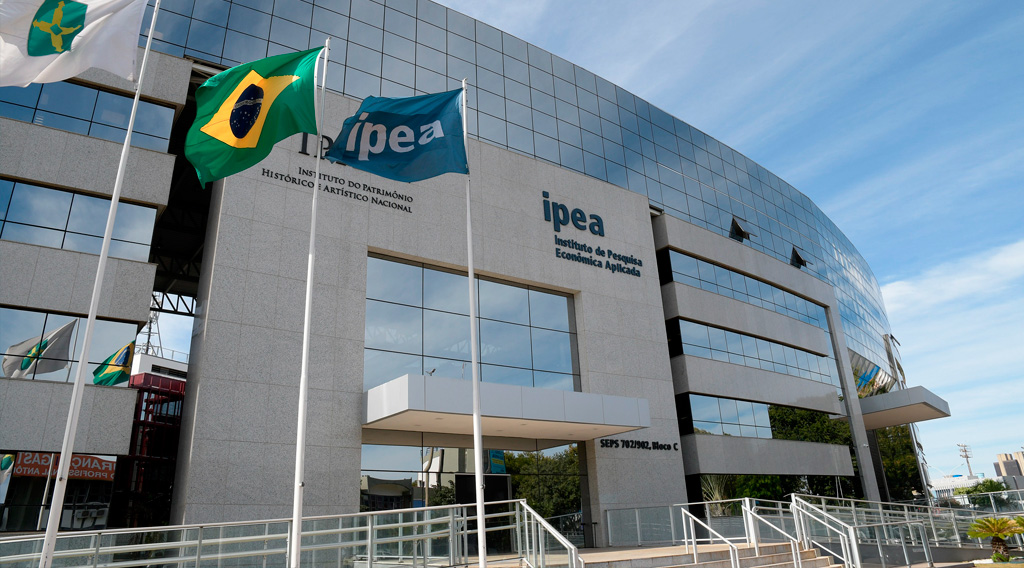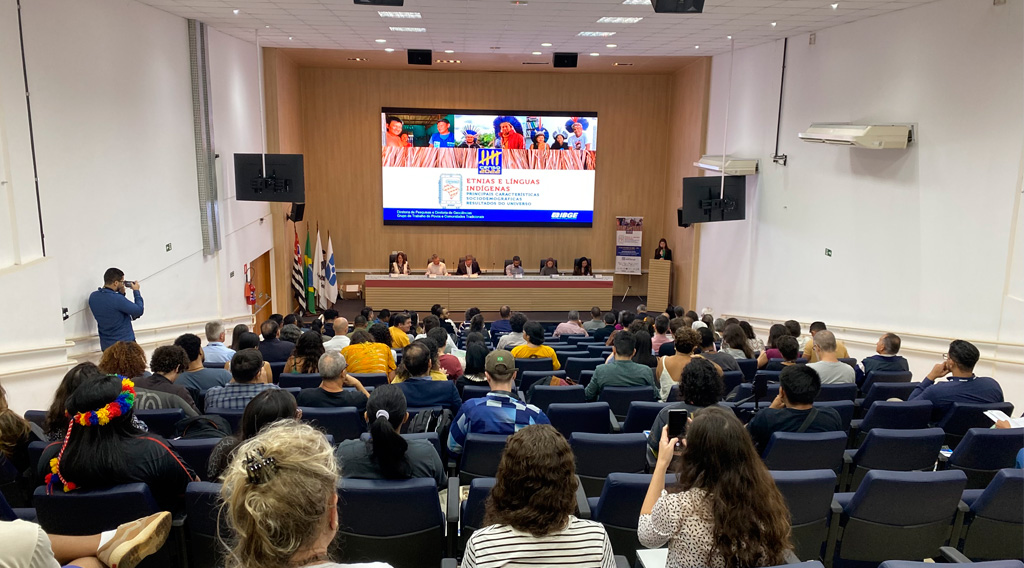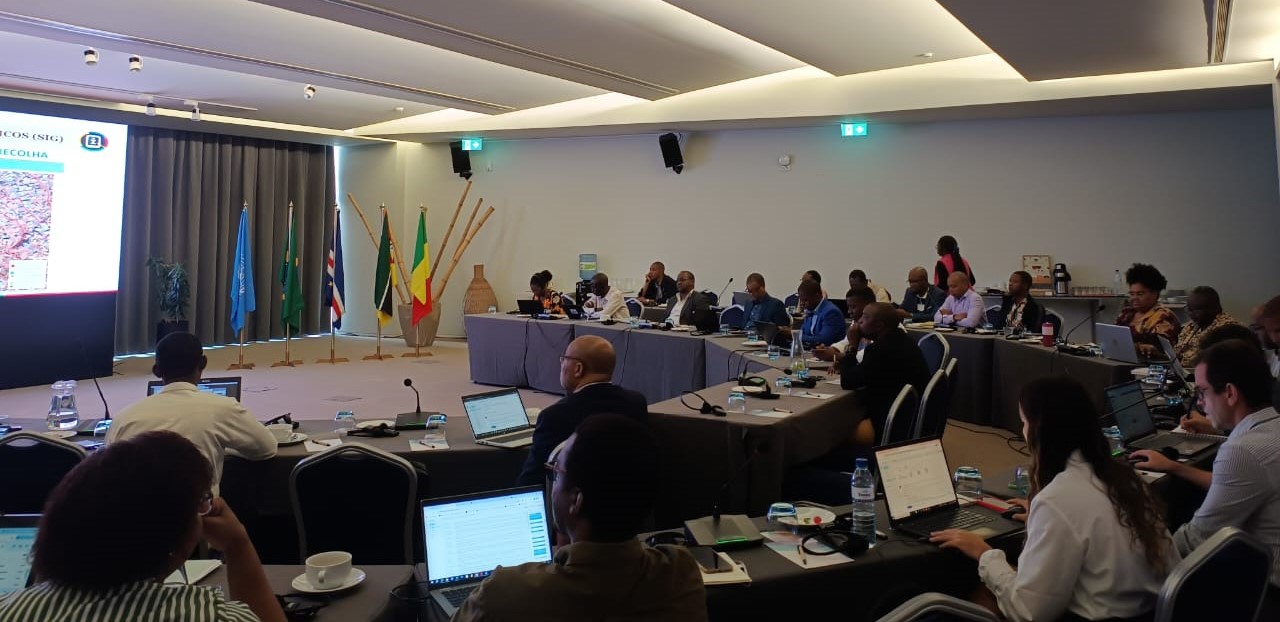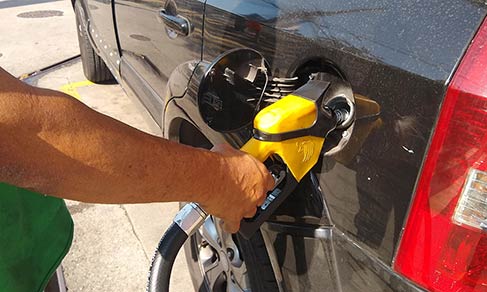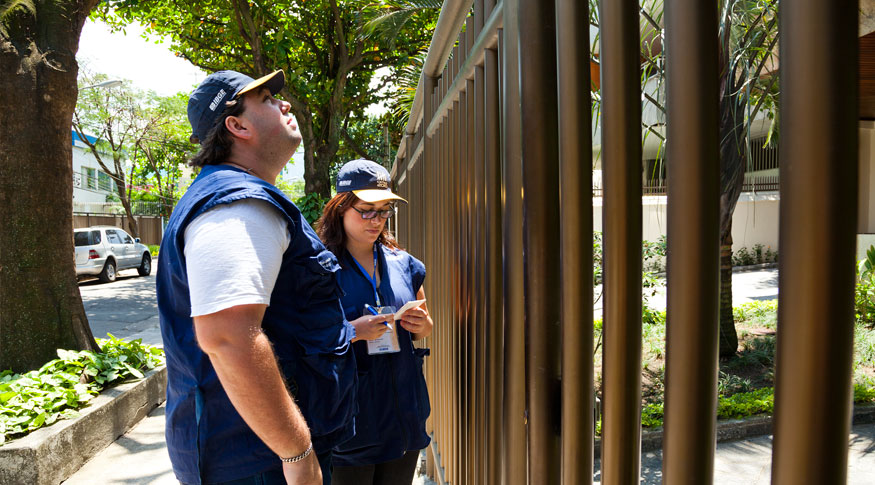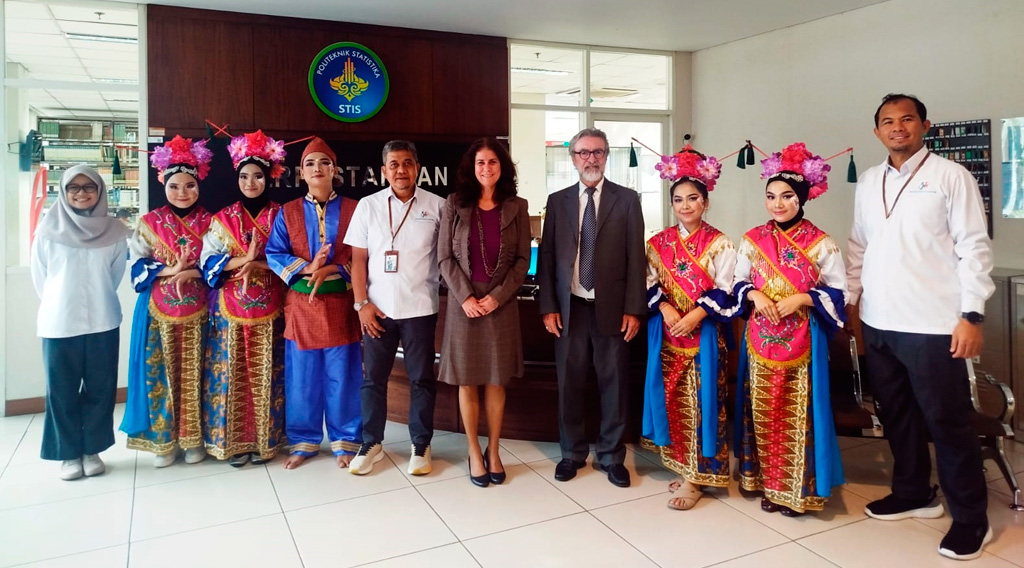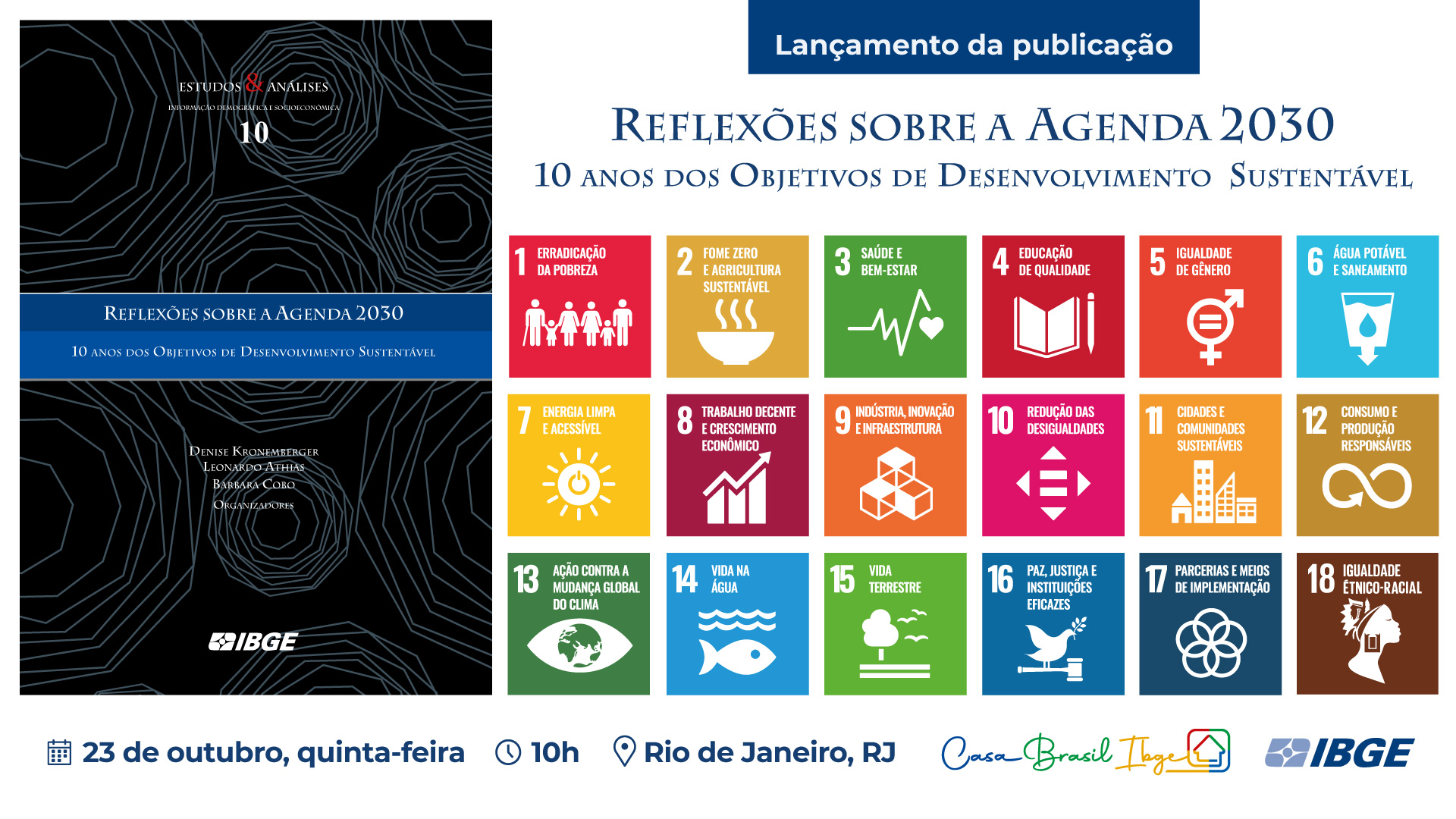Mapping
IBGE updates Block-Face Database for Brazilian Addresses with 2022 Census data
June 07, 2024 10h00 AM | Last Updated: June 07, 2024 05h37 PM
Highlights
- This database is a digital representation of the country's municipalities and is fully updated with each Population Census; in the period between Censuses, it goes through a continuous and cumulative process of updates;
- It is used by the IBGE to plan and carry out the collection of the Populaiton Census and other surveys such as the Continuous National Household Sample Survey (PNAD) and the Consumer Expenditure Survey (POF);
- When compared to the version available in 2010, the 2022 version brings a 31% increase in the representation lines;
- All geospatial data are in SHP (shapefile) format, for use in different geographic information systems;

The IBGE launches today (07) the 2022 Block-Face Database for Brazilian Addresses in digital format. The product consists of a graphic representation of lines that symbolize the streets of urban areas, urban extensions and the largest rural agglomerations in Brazilian municipalities. In addition, references to public addresses and the block and face coding system, type, title and name of the public address are integrated, among other details that the IBGE uses to plan and carry out its household surveys and censuses.
The new version presents a 31% increase in the lines that make up the database in relation to the 2010 publication, reaching 13,854,931 line segments corresponding to street faces.
The Block-Face Database of Addresses is fully updated with each Population Census and, in the intercensal period, it goes through a continuous and cumulative process of specific updates according to the progress of surveys and specific campaign actions carried out by the IBGE. The product associates the census enumeration areas of the Mesh of Preliminary Enumeration Areas 2022 and is in line with the political-administrative division of the 2022 Municipal Mesh.
“This version contributes to diverse geographic analyses in terms of its importance for the majority of municipalities that do not have geotechnology resources, mainly by transforming part of the census collection data into information on roads traveled by enumerators, using automated flows of processing to generate a visualization for practical use, simple and without a refined cartographic design to avoid difficulties for users”, explains IBGE Coordinator of Territorial Structures Roberto Tavares. “With the technological improvements used in the positioning of address block-faces, we reinforce the geospatial data set of Census Cartography within the United Nations Integrated Geospatial Information Framework (UN-IGIF) by enabling assessments of the relationship between their occupants, places and environments given the constant and increasing changes in human settlements”, he adds.
In order to be effective in different geographic information systems, all geospatial data are in SHP (shapefile) format. This type of information can be used by city halls, logistics companies, in creating map routes thrpught the Internet, in addition to analyses that require geospatial components.
“With this release, the Institute intends to encourage the updating of registrations and records, allowing not only comparisons to be made, but also possible corrections and possible incorporation of data from other sources”, concludes Mr. Tavares.
Despite the evolution of IBGE teams' work processes in recent years, some data presented may still contain imperfections and details varying between scales of 1:5,000 to 1:25,000. When using them, one should be aware of these aspects.



